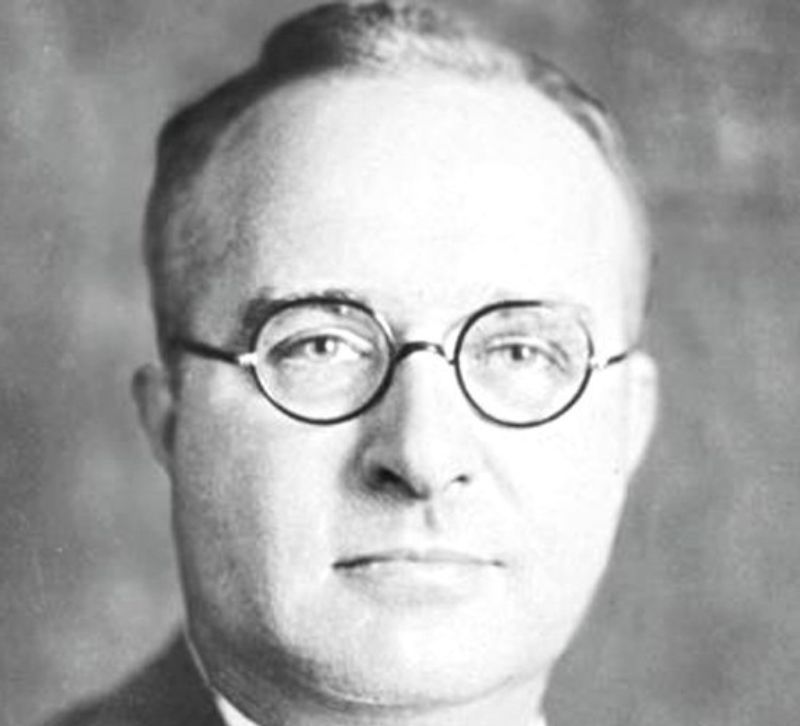As history unfolds new technology emerges that transforms civilization. Gutenberg’s printing press, locomotives, the Model-T automobile, and the digital revolution serve as good examples of emerging technology augmenting society in significant ways. It should be noted that there are always unintended negative effects of new technology. Some new technology being outright bad for the world and its occupants. One example of technology having seriously adverse effects on the globe is the use of leaded gasoline and chlorofluorocarbons. Both CFC and lead gasoline are considered to be amongst the world’s most damaging chemical compounds.
The inventor of these compounds, Thomas Midgley, Jr., born in 1889, hailed from Pennsylvania where he practiced as a chemist and inventor. Midgley received many scientific awards throughout his life, but modern research of his work reveals that his work with leaded gasoline and CFC has damaged the planet in extreme ways, poisoning the planet and human beings as well. After graduating from Cornell University with a degree in mechanical engineering, Midgley joined Delco research laboratory, an extension of General Motors, under the supervision of Charles Kettering to develop new technology for automobiles.
The main issue addressed by Kettering and Midgley was the problem of engine knock. Midgley discovered engine knock was mitigated by the use of tetraethyl lead as an additive to the fuel. In addition, he realized TEL enhanced the speed and overall performance of an automobile. TEL went on the market in 1923 with the influence and guidance of the oil and automobile industries. Consequently, Midgley became vice president and was on the board of directors of a new company named Ethyl, a GM and Standard Oil subsidiary.
Midgley and Ethyl’s representatives never mentioned the word “lead” when communicating about TEL. Midgley himself became a victim of lead poisoning when he washed his hands in TEL to prove it was not poisonous as he had always claimed. Additionally, in October of 1924, 5 plant workers died and 35 others reported sickness due to exposure to lead while producing TEL. Midgley and the rest of the upper echelon of Ethyl blamed the workers by suggesting they did not follow proper safety precautions.
After the accident at the plant, TEL took on a scandalous reputation and was banned in several states. Later, due to immense corporate pressure, the federal Bureau of Mines released a report much in favor of the use of TEL and disputing its negative reputation. Coupled with an effective marketing campaign, lead gasoline became the standard for automobiles. The decades after the use of leaded gasoline began, people reported birth defects and other physical abnormalities.
An additional harmful invention of Midgley’s were chlorofluorocarbons which were used in refrigerators to reduce flammability. CFCs were discovered to damage the ozone layer and create greenhouse gas which reduce our protection from ultraviolet radiation. Although CFCs eliminated exploding refrigerators, this chemist’s work can be viewed with a critical eye due to the unintentional damages his inventions caused, his hubris and indifferent attitude towards safety.




